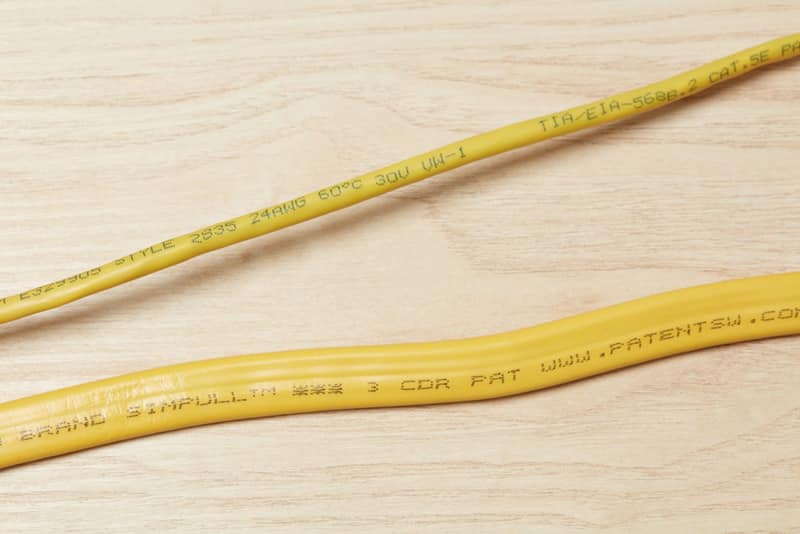Table of Contents
Types of Cable Labels
The numerous wires and connections in your house or workplace can be managed and organized with the aid of cable labels. The labels make it simple to instantly recognize the various cables so you can find the one you need at a glance.
Cable labels are perfect for practically any size system, from a few cables hidden behind your desk to a large server rack with thousands of cables attached. We will outline five different types of cable labels in this article, as well as their benefits and practical applications.

We will also go over how crucial it is to properly label and document your wires so that you can quickly and easily locate the one you need. With this information, you’ll be able to manage and name your wires appropriately to help you get more done and live a simpler life.
1. Permanent Labels
The cable labels that are attached directly to the cable are the most durable kind. These labels come with an adhesive backing and can be affixed to the cable with ease. They are available in paper or vinyl design.
They can be printed using permanent inks, depending on the use. The most economical approach to mark cables is with permanent labels, which are best used in circumstances where the labels won’t need to be replaced frequently. However, keep in mind that they might not be perfect for applications where the labels would need to be removed or for frequent labeling changes.
2. Reusable Labels
Reusable labels are, as the name implies, the type of cable labels you can use multiple times. These cable label tags can include any information you’d like to include, such as the type of cable, the length, the application, and more.
Reusable labels come in a variety of materials, such as plastic, vinyl, and paper. These labels are also available in a wide range of colors. They are most commonly used for applications where the cables need to be labeled often and quickly.
Reusable labels are also perfect for cables that may be moved from one place to another, as they can be easily removed and reapplied.
3. Label Applicators
Label applicators are the most efficient and cost-effective way to apply labels to cables. With this method, the label applicator uses a special adhesive to firmly affix the label onto the cable. Label applicators come in various forms, from hand-held devices to desktop machines, so you can choose an option that best suits your labeling needs.
Label applicators are especially useful for large projects, as you can quickly and precisely apply hundreds of labels at once, saving you time and money.
4. Heat Shrink Tubing
Heat shrink tubing is one of the simplest, most economical types of cable labeling. It is constructed of a plastic substance that contracts when heated. It is ideal for a range of labeling applications because it is offered in a variety of colors and sizes.
There are two varieties of heat shrink tubing: clear and colored. While colored tubing works best for rapidly recognizing cables or color-coding network components, clear tube can be used to indicate wires or cables.
Applying the heat shrink tubing is simple; just put the tube over the cable, use a heat gun or lighter to shrink it, and then allow it to cool. It is a dependable, quick, and economical method for labeling cables.
5. Self-Laminating Labels
Self-laminating labels are a great way to label cables and wires with a protective layer that keeps the labels looking neat and legible for years. These labels are printed on special paper and then covered with a clear plastic sleeve to protect the label from wear and tear.
This makes them perfect for labeling cables in a permanent manner that won’t be easily damaged by dirt, dust, or other elements. To use self-laminating labels, simply cut or print the labels, place them on the cables, and then slide the plastic sleeve over the label to seal it.



